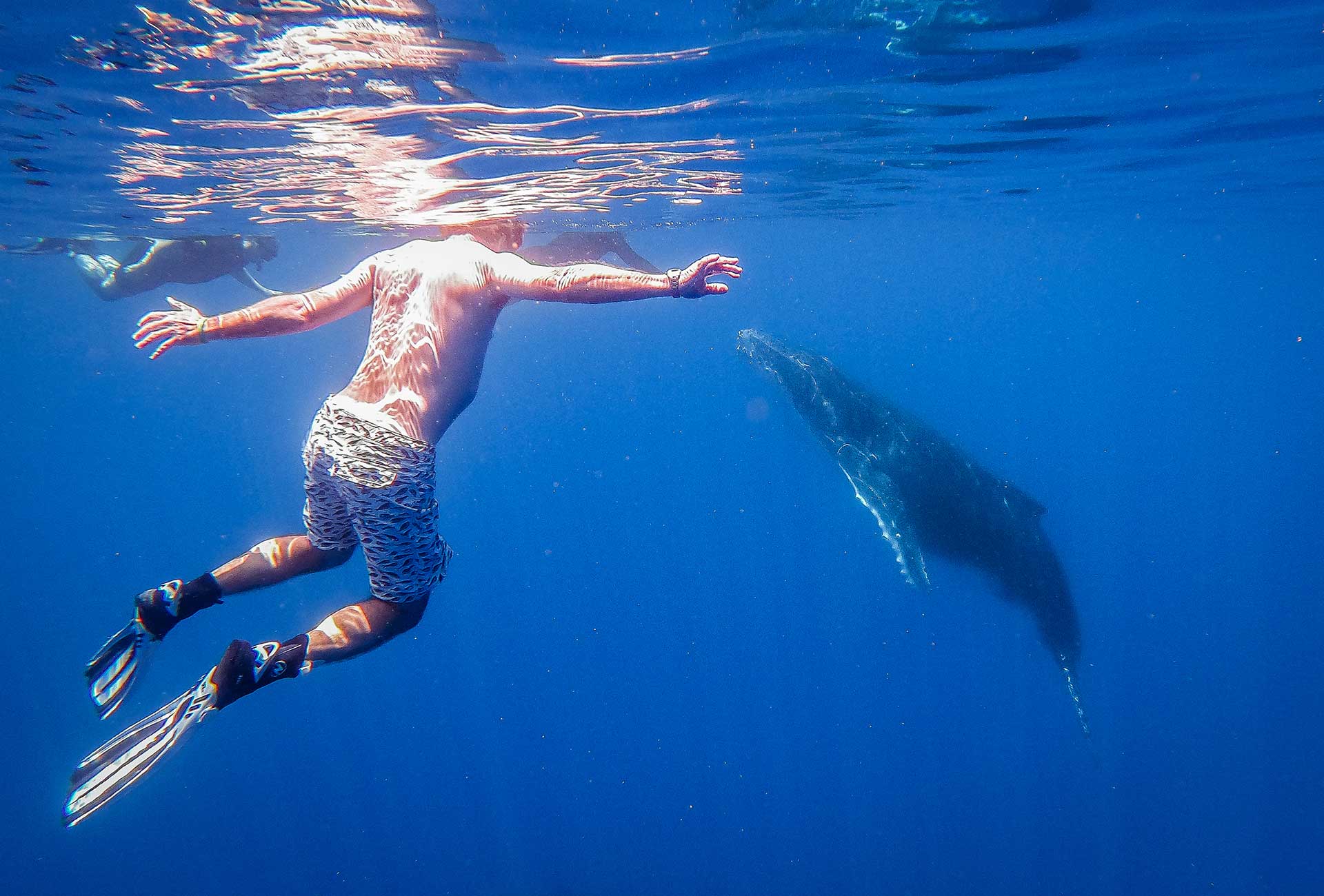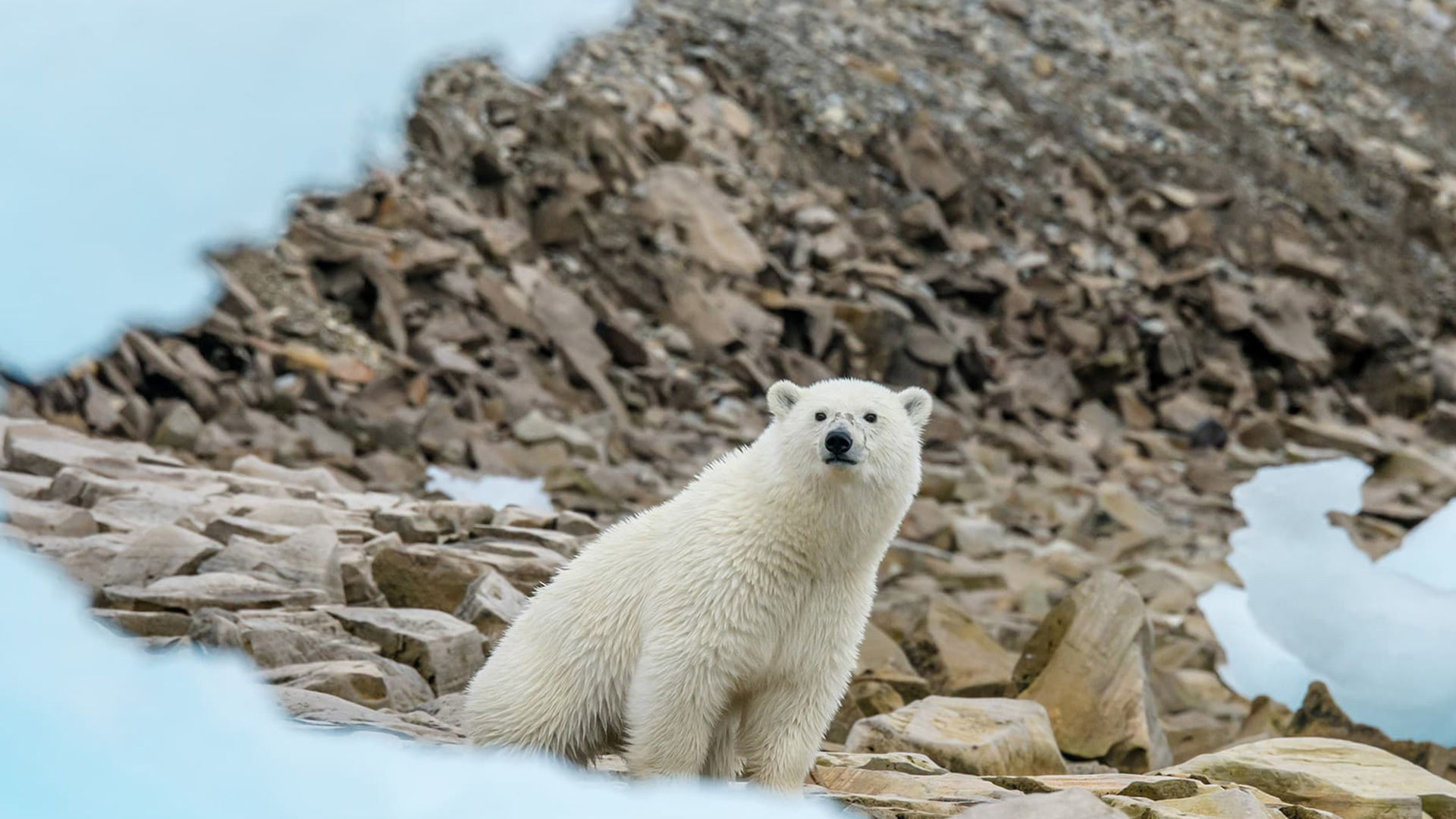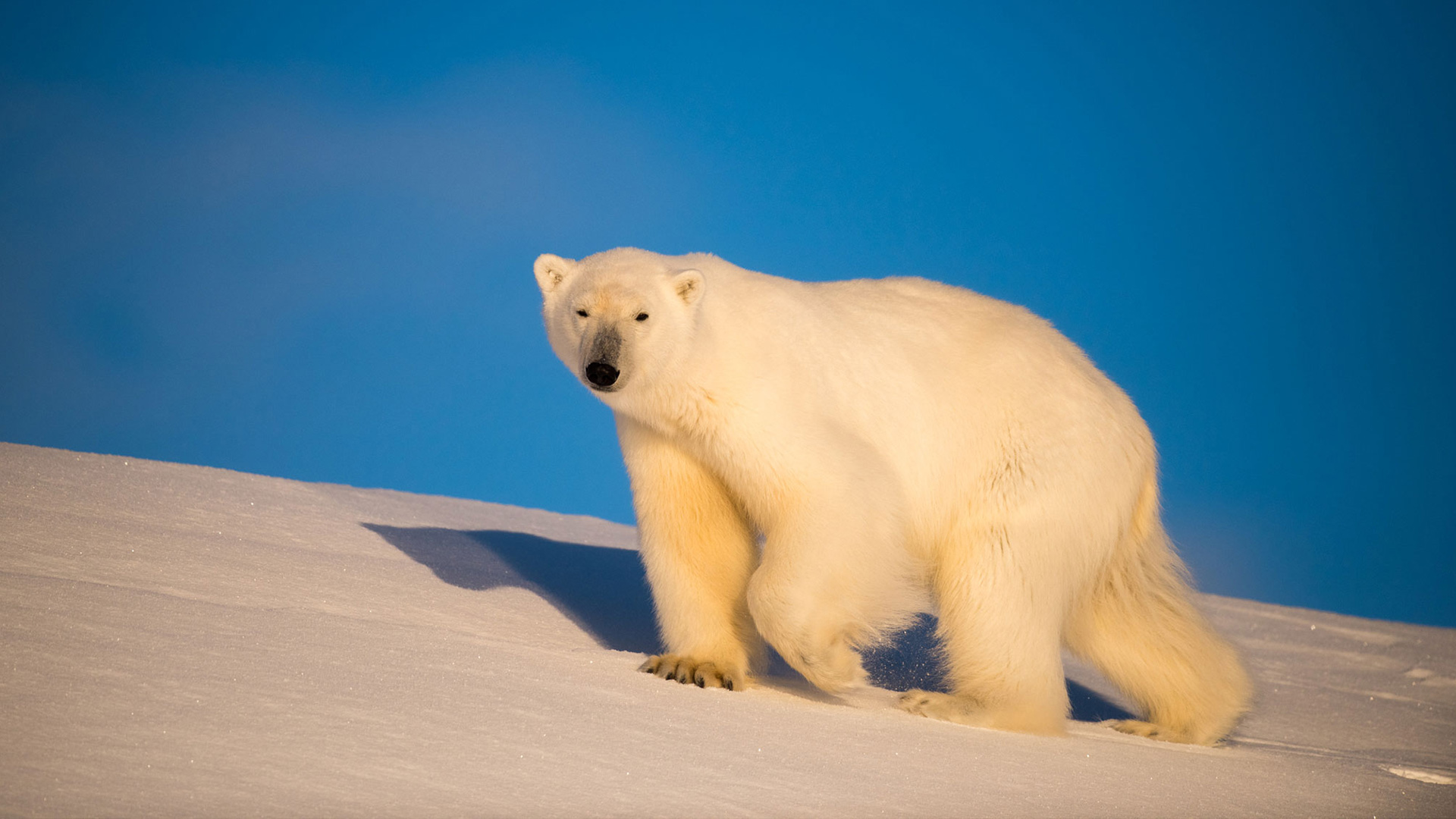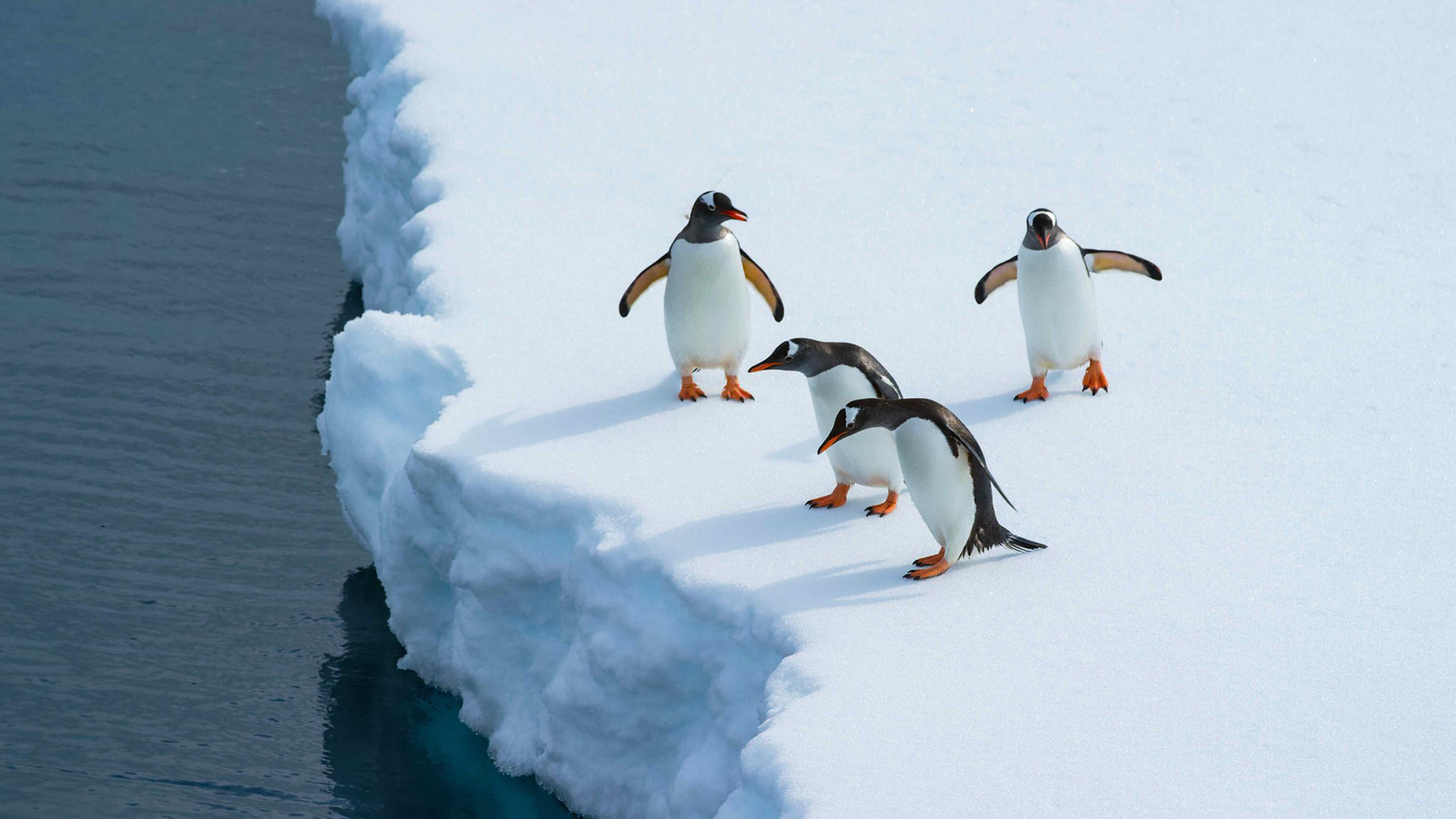Across the Pacific, scientists are making discoveries about the song of the humpback whale. The findings are telling us about the behavior of the whales and even a bit about ourselves.
Imagine you’re suspended in the open ocean, surrounded by a deep violet-blue that you can only find in the clear waters of the tropics. Suddenly, otherworldly sounds begin reverberating through your body, loud enough to feel deep within your core. This is the surreal song of the humpback whale. And the coast of French Polynesia, home to one of the largest whale and dolphin sanctuaries, is one of the world’s best places to hear it.
The water surrounding French Polynesia is a humpback’s playground. They come to the South Pacific and Polynesia between the months of July and November as part of an enormous annual migration, enduring a nearly 4000-mile journey from their feeding grounds in Antarctica to breed in the warm tropical ocean. Then, at the end of the South Pacific’s spring, they return to the Southern Ocean on a route that normally takes two to four months.
The Song Spreads
The songs you hear in the waters of French Polynesia are part of the humpback’s complex and layered communication system. But it’s not the only place you can hear them. In fact, you can hear the same song in remote locations across the Pacific, as far west as Australia and as far east as Ecuador. And that’s exactly why these songs are so special. While researchers are still searching for the purpose behind the songs (the leading hypothesis is that they are used for mate attraction, like a bird), they have discovered something incredible. A recently published study has documented an amazing emerging pattern that suggests that these same exact vocalization patterns are shared among all of the humpback whales of the Pacific Ocean. And in sharing these songs, the whales are actually exhibiting culture.
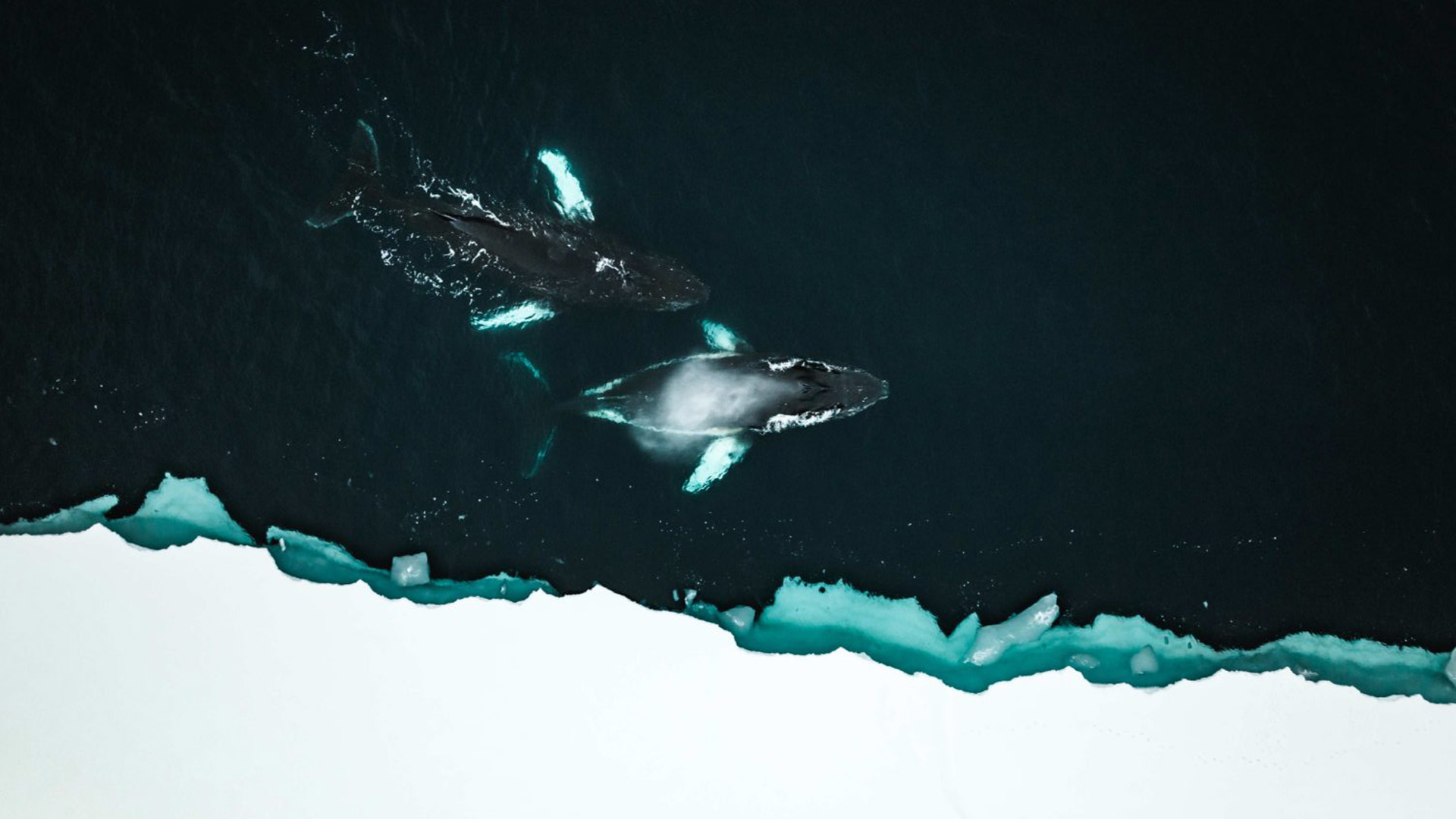
Behavior & Culture
Behavior is what we do: eating, drinking, hunting, singing, communicating; but culture is how we do those things– whether we eat sushi or hamburgers, dance cumbia or hip hop, and speak English or French. You don’t come upon these styles and methods by instinct alone; you learn them from your family members, friends, and community. So, scientists define “culture” as the social learning of information or behaviors from one member of a species to another. And this is exactly what these humpback whales are doing with their intricate songs.
The songs themselves are comprised of various sounds, or ‘phrases,’ that are arranged to form ‘themes’, which in turn are arranged to form the song. Amazingly, like a catchy top-40s song you might hear on the radio, we are discovering that these phrases and themes are actually transmitted from one breeding ground to another, and evolving as the whales communicate and socialize.
Songs from the east coast of Australia spread out across the South Pacific in a stepwise and directional manner to French Polynesia and continuing on to Ecuador. And the feeding period we observe in Antarctica is critical: researchers believe that most are likely spreading as the humpbacks leave their breeding grounds and migrate to the foraging grounds in the Southern Ocean. On this journey, a male humpback may end up swimming alongside males from another population. When they hear his radically different song, they may borrow some themes or steal the entire song. They will keep singing their new song when they return to their tropical breeding grounds where they spread through the population.
Waves of song ripple out from one group of whales to the next over almost 6000 miles of ocean like a massive game of telephone, representing a population-wide cultural change at a record pace, and demonstrating proof of cultural transmission of song type.
So when we hear the sounds of humpbacks in the wild waters of the South Pacific, we understand that we are witnessing something truly special. We join the growing feeling among biologists and explorers that maybe we, in fact, are not so different.
